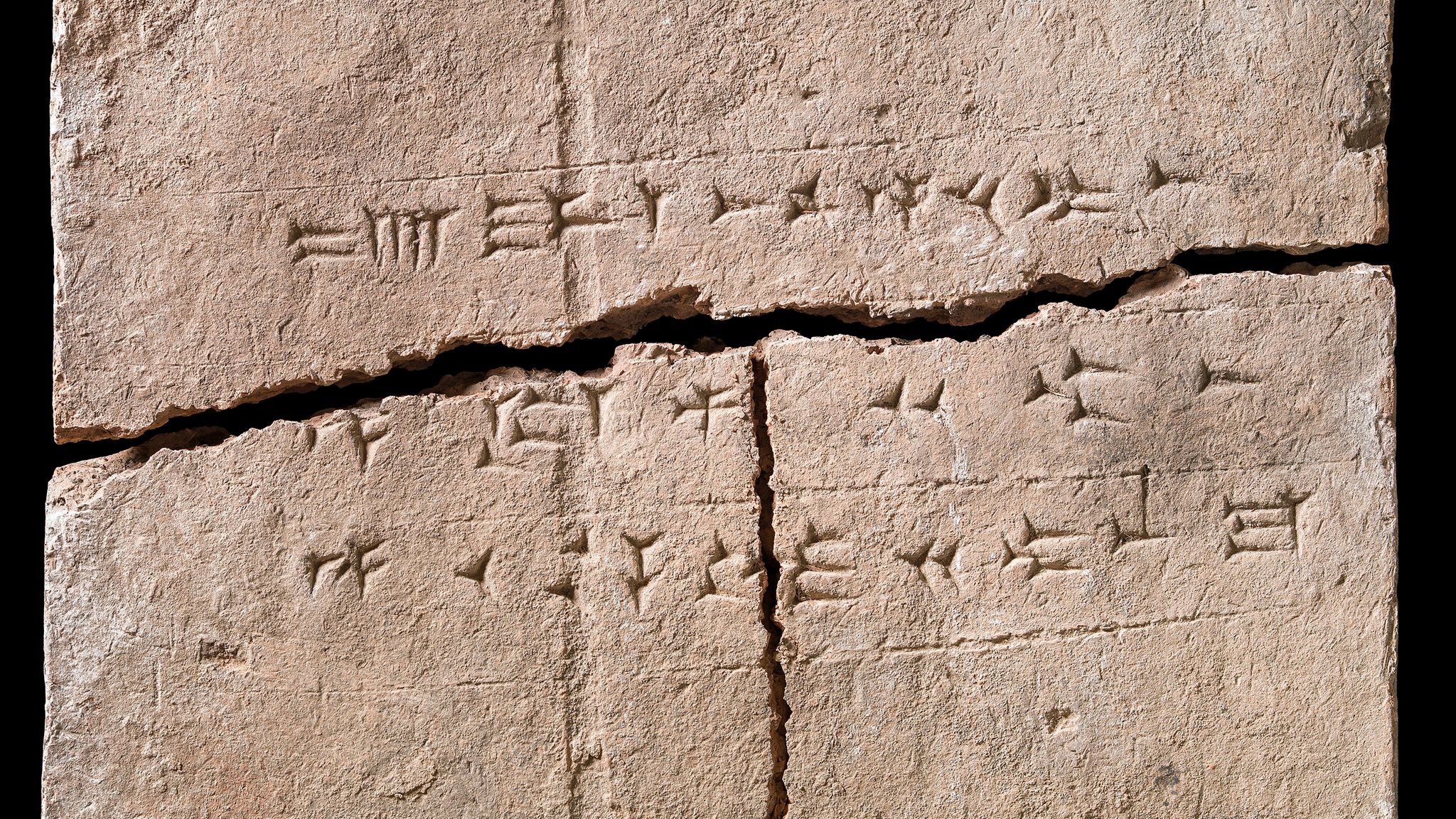Ancient DNA extracted from 2,900-year-old clay palace brick ‘time capsule’ for first time

The genetic material was extracted from a clay brick used during construction of a royal palace in the ancient city of Kalhu. An inscription on it revealed it belonged to Ashurnasirpal, king of the Mesopotamian Assyria.
Ancient DNA has been extracted from a 2,900-year-old clay brick, potentially unlocking new ways of studying life from generations gone by.
The operation was performed on building material from the palace of King Ashurnasirpal II in the ancient city of Kalhu, which stood in what is now northern Iraq.
After sequencing the extracted DNA, experts identified 34 groups of plants – including birch and cabbage.
It marks the first time such a breakthrough has been made.
Dr Troels Arboll, of the University of Copenhagen, described the brick as a “biodiversity time capsule”.
The brick dates back to a time between when work on the palace, now known as the Northwest Palace at Nimrud, began in 879 BC and when it was completed in 869 BC.
It’s currently housed at the National Museum of Denmark.
While the new research, published in the Nature Scientific Reports journal, only details plants, researchers believe animal and insect DNA could be extracted using the same techniques.
The plant material was extracted by adapting methods previously used on other porous materials, such as bone.
Clay materials are nearly always present at archaeological sites from different eras around the world, making them a potentially rich source of further DNA studies.
First author Dr Sophie Lund Rasmussen, of the University of Oxford, said the team were “absolutely thrilled” by the findings and the potential for future discoveries.



